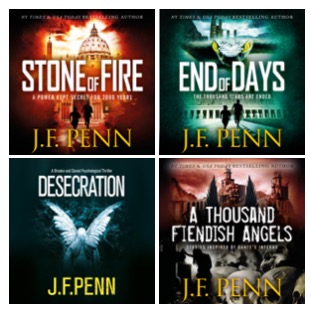I love to talk about the inspiration for my books, so here's a couple of excerpts from an interview on Russell Phillips blog.
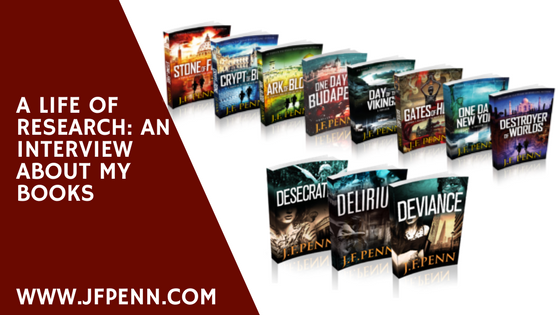 You can read the full interview here including who would play Morgan and Jake in the ARKANE movies, plus will there be more coming soon.
You can read the full interview here including who would play Morgan and Jake in the ARKANE movies, plus will there be more coming soon.
Morgan likes storms and enjoys research, as do you. How much of you is in Morgan?
Morgan is my alter-ego and when I want to blow stuff up or go travelling, she gets to do it. Her background is nothing like mine as she is half Israeli and has a Jewish ancestry and upbringing in the Israeli military. I wanted to bring Israel into the mix as Jerusalem is my favorite city in the world and one of my goals is to live there for a time one day, so that was a way to do it! I do have a Masters degree in Theology and another degree in Psychology, so those fascinations also run through Morgan, but I am certainly not a fighter, although I am extremely independent, and I have travelled to most of the places in the books.
How important do you think realism is in thrillers?
JFP: Personally, I think you should believe it could happen within the real world, so I do a lot of research to make the books as ‘real’ as possible and then take that further into fiction. I always have an Author’s Note at the end which explains what is real, for example, ‘One Day In Budapest’ is about a right-wing political party whose anti-Semitism spills into violence with echoes of WWII. It was sparked by being in Budapest in November 2012 as a real political party marched in black shirts around a Roma village, and called for a national registry of Jews. I’ve outlined more of the realities of that book in this video: http://www.youtube.com/watch?v=5onR9-L5IbU

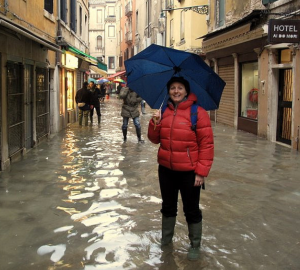
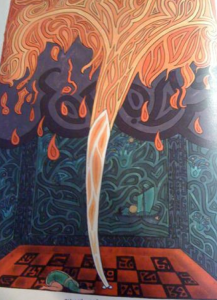

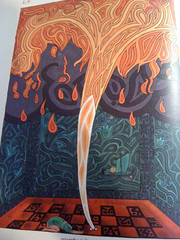
 Morgan frowned and said, “I don’t remember Pentecost mentioned specifically, but
Morgan frowned and said, “I don’t remember Pentecost mentioned specifically, but
